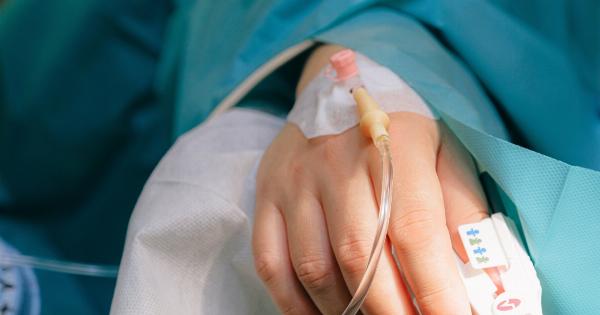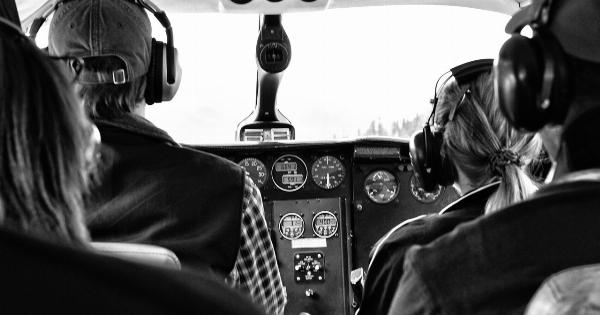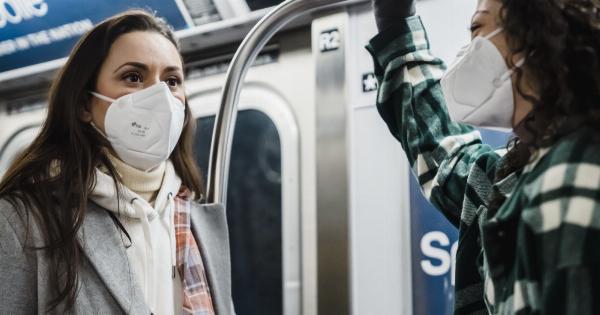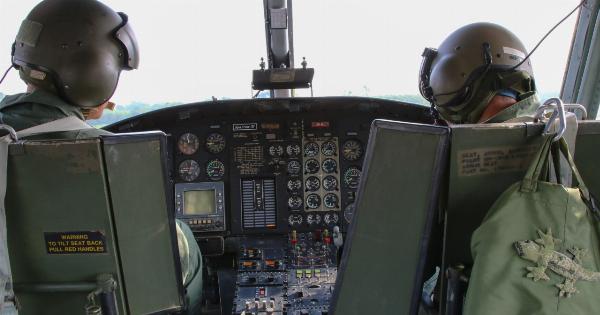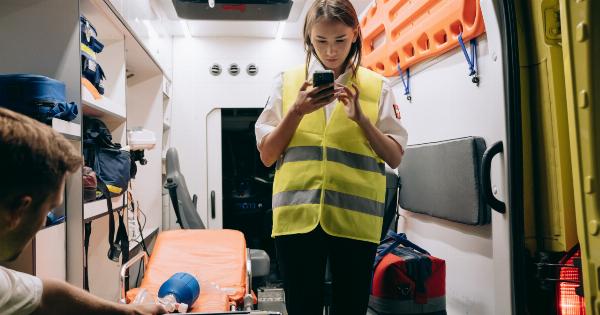Diabetes is a chronic condition that affects millions of people worldwide. People with diabetes can still enjoy travelling; however, it is important to take special precautions when travelling.
In this article, we will discuss important facts that people with diabetes need to know before they travel, particularly when using air travel.
Diabetes and Air Travel
Before travelling, people with diabetes should consult with their healthcare provider to ensure that their diabetes is well-managed. They should also have a plan in place for managing their diabetes while travelling.
Air travel can be particularly challenging for people with diabetes due to the changes in routine, time zones, and access to food and medical care. Here are some things that people with diabetes need to consider when travelling by air:.
1. Packing
Pack all necessary diabetes supplies in your carry-on luggage. Pack extra supplies in case of unexpected delays. This includes your blood glucose meter, test strips, insulin, syringes, glucagon, and other necessary medications.
Ensure that all of your supplies are properly labeled and keep a copy of your prescription with you.
2. Transportation to the Airport
If you are travelling by car, ensure that you have packed the necessary diabetes supplies, including snacks in case of delays. Plan your route and allow extra time in case of traffic or other unexpected delays.
Book a cab or airport shuttle in advance and inform the operator of any special needs you may have, such as wheelchair assistance or special meals.
3. Airport Security
The Transportation Security Administration (TSA) has specific guidelines for people with diabetes and diabetes supplies. Inform the TSA agent of your diabetes and have your supplies properly labeled and packed in a clear bag.
Remove your insulin and other medications from your carry-on luggage and notify the TSA agent that you have them. Avoid putting your diabetes supplies through the x-ray machine, as it can damage the supplies. You can ask for a hand inspection instead. For more information on travelling with diabetes supplies, you can visit the TSA website.
4. In-Flight Food and Snacks
Airplanes often provide in-flight meals and snacks, but they may not be suitable for people with diabetes. Pack snacks that are appropriate for your blood sugar levels and that will last for the duration of your journey.
Keep in mind that you may require additional snacks if your flight is delayed or if you experience a hypoglycemic event.
5. Time Zones
If you are travelling across time zones, talk to your healthcare provider about adjusting your medication schedule.
Keep in mind that it may take a few days for your body to adjust to the new time zone, so ensure that you have enough supplies to last for the duration of your journey.
6. Medical Emergencies
In case of a medical emergency, notify the flight attendants immediately. They are trained to handle medical emergencies and will be able to contact medical professionals if necessary.
Ensure that you have all necessary medical information with you, including your health insurance card and emergency contact information.
7. Jet Lag
Jet lag affects people differently, but people with diabetes need to be aware of the stress it can place on their bodies. Ensure that you get enough rest and follow your regular meal schedule as much as possible.
When possible, take breaks to stretch and walk around to prevent blood clots and decrease the risk of deep vein thrombosis (DVT).
Conclusion
Travelling can be a challenge for people with diabetes, but with proper planning and preparation, it is possible to have a safe and enjoyable journey.
Remember to consult with your healthcare provider before travelling and pack all necessary diabetes supplies in your carry-on luggage. Be aware of the guidelines for travelling with diabetes supplies and notify the TSA agent of your diabetes. Pack snacks that are appropriate for your blood sugar levels and adjust your medication schedule if necessary.
Always have all necessary medical information with you, and notify the flight attendants in case of medical emergencies. With proper planning and preparation, people with diabetes can enjoy travelling by air.






